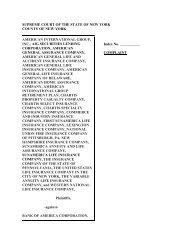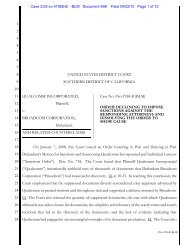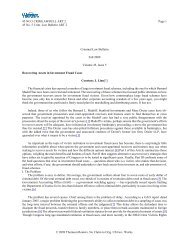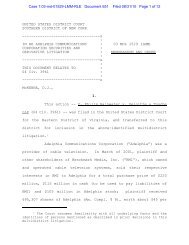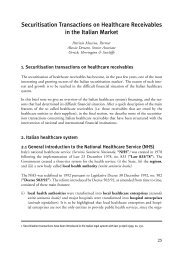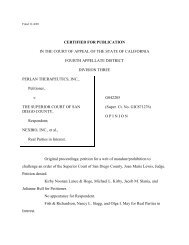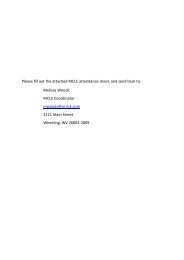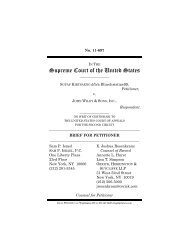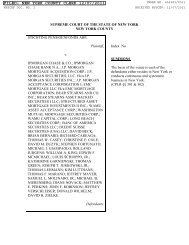Public Charter Schools Borrowing With Tax-Exempt Bonds, Second ...
Public Charter Schools Borrowing With Tax-Exempt Bonds, Second ...
Public Charter Schools Borrowing With Tax-Exempt Bonds, Second ...
Create successful ePaper yourself
Turn your PDF publications into a flip-book with our unique Google optimized e-Paper software.
the school’s finances and operations. 13 This approach is more suitable for schools<br />
that have substantial internal expertise (either at the staff or board level) in project<br />
finance and management or that have access to such expertise through a CMO or<br />
consultants, financial advisors, and attorneys.<br />
C. Acquiring a Completed Facility<br />
A growing industry within the public charter school movement includes a number<br />
of private, nonprofit and for-profit real estate development organizations specializing<br />
in the construction and renovation of facilities for public charter schools. 14 These<br />
developers arrange their own financing (or otherwise arrange access to capital) for<br />
site acquisition and construction or renovation of the project, while working closely<br />
with the school to design the facility and establish a timeline for completion. This<br />
arrangement may be particularly beneficial because, in addition to its own financing,<br />
the developer brings valuable expertise in local real estate markets, public charter<br />
school architectural design, general contracting and construction, procurement, and<br />
project management (little of which exists within a typical school’s staff or board of<br />
directors). Certain developers may even be able to facilitate the school’s arrangements<br />
for permanent financing through tax-exempt bonds.<br />
Some contracts provide that the developer lease the new facility to the public<br />
charter school for a number of years at a negotiated rate. This arrangement can<br />
prove beneficial when lease costs are set at affordable rates, allowing the school to<br />
focus on programmatic success and enrollment stabilization before the process of<br />
obtaining permanent financing is required.<br />
In this approach, the school follows the steps outlined in Chapter 11, “Steps to<br />
Issuing the <strong>Bonds</strong> and the Finance Team,” either during the construction period or<br />
near the end of the lease term, culminating in the issuance of bonds on or around<br />
the completion of the project or lease termination. The proceeds of the bond<br />
issue are primarily used to finance the purchase of the completed project from the<br />
developer (at a price at least sufficient to cover the developer’s original acquisition<br />
cost and construction costs). This option solves the inherent economic problem of<br />
paying for two facilities, as the school does not pay for the construction financing.<br />
Instead, the developer has borne this cost. The school easily transitions from paying<br />
for its existing facility to paying the debt service on its new facility upon the closing<br />
of the bond financing.<br />
<strong>Public</strong> <strong>Charter</strong> <strong>Schools</strong> <strong>Borrowing</strong> <strong>With</strong> <strong>Tax</strong>-<strong>Exempt</strong> <strong>Bonds</strong>, <strong>Second</strong> Edition 13



